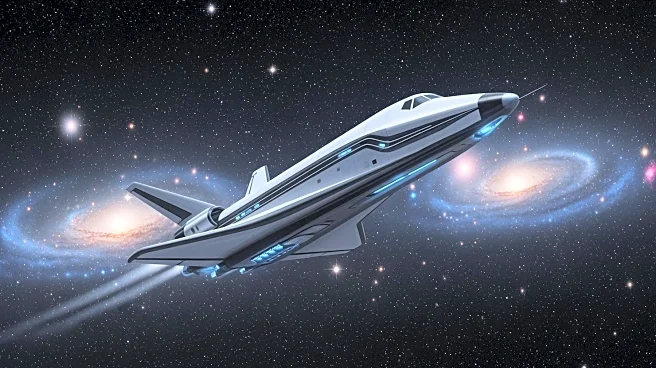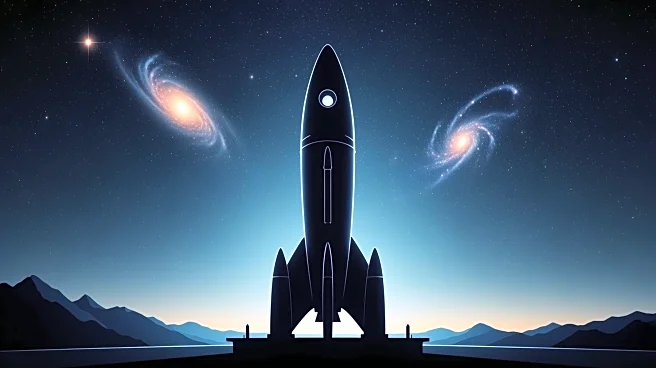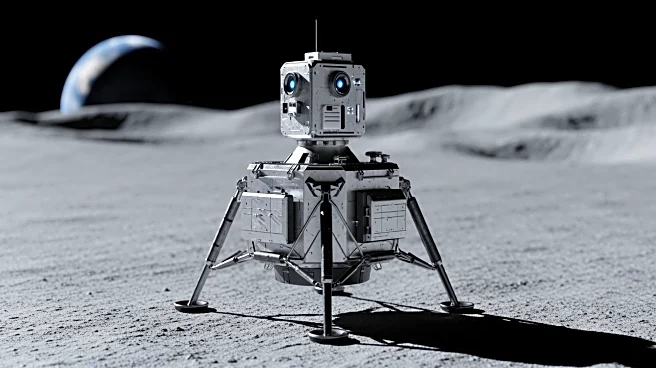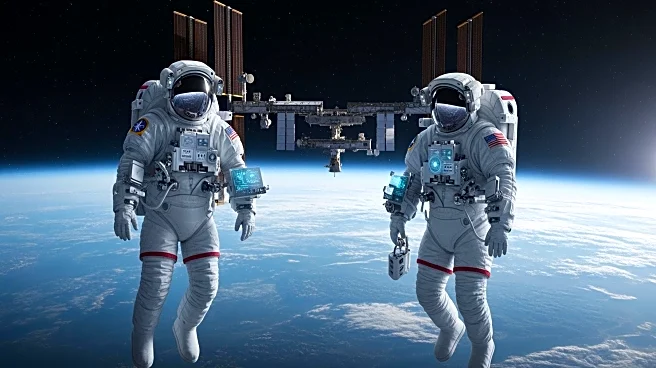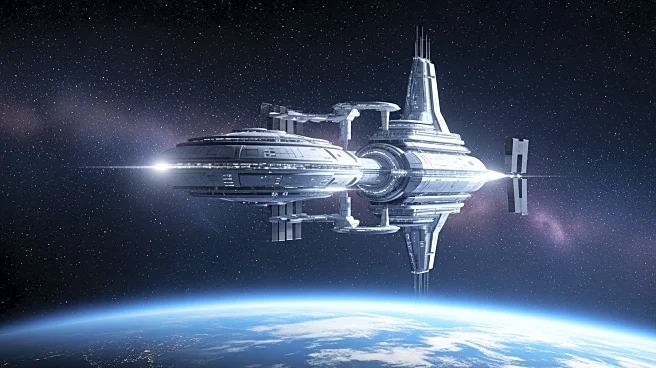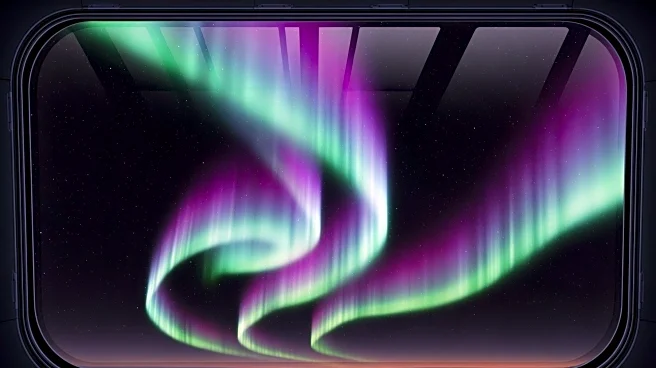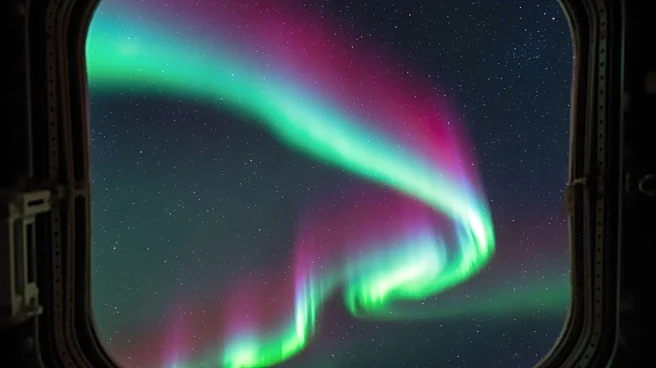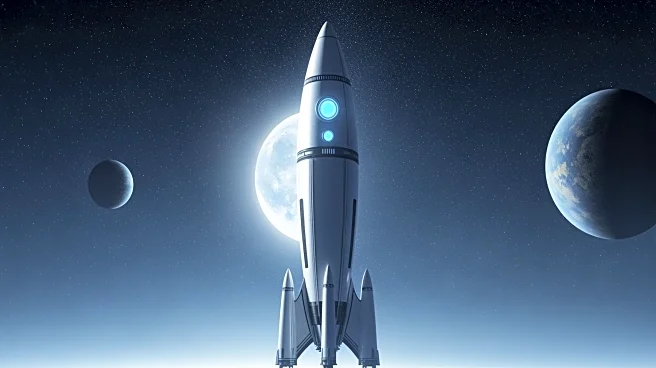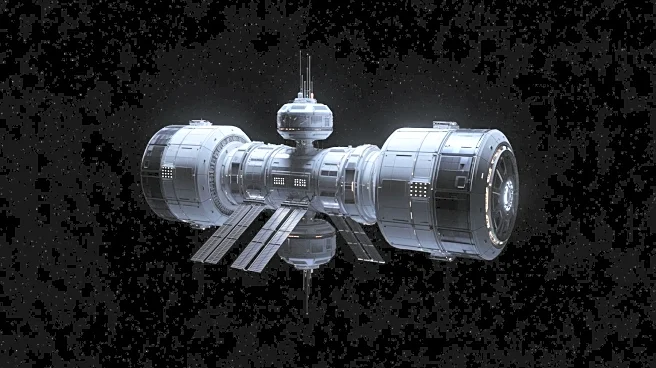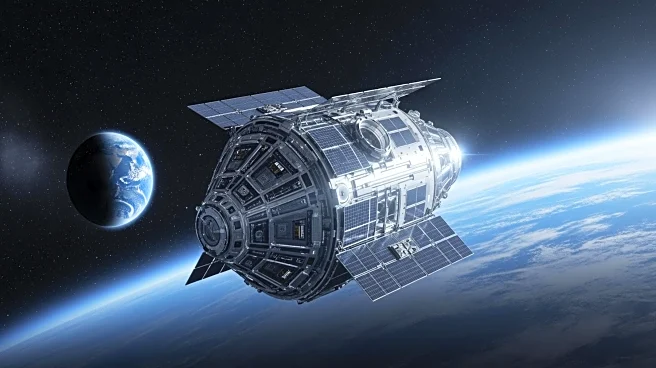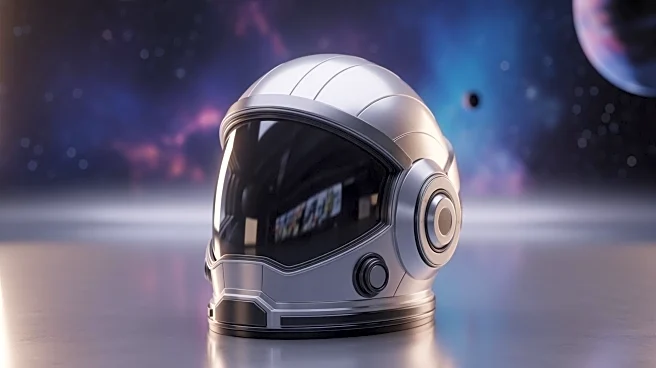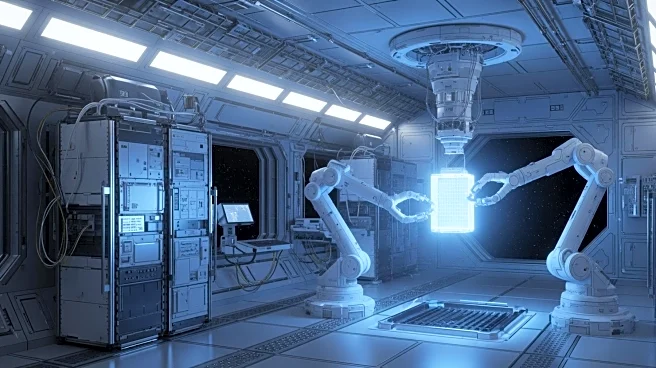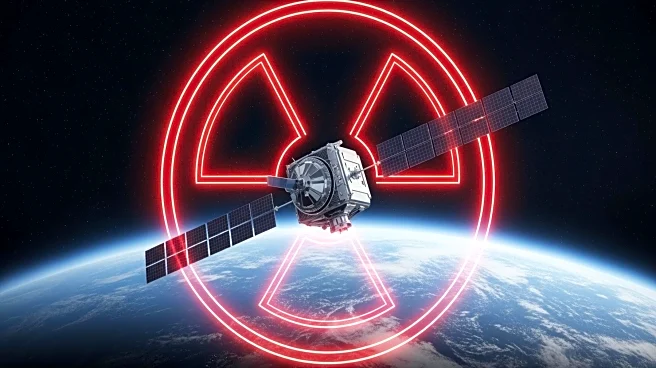What's Happening?
NASA and Sierra Space have decided to alter the mission plan for the Dream Chaser spaceplane, originally intended to dock with the International Space Station (ISS) under the CRS-2 contract. Instead, the partners will conduct a free-flying demonstration
to validate key systems. This decision was made to alleviate schedule pressures and reduce risks associated with docking at a crewed space station. The Dream Chaser, which traces its origins to NASA's HL-20 lifting body concept, was initially envisioned as a crewed vehicle for the ISS. However, it will now focus on autonomous operations, with its first flight scheduled for late 2026 using United Launch Alliance's Vulcan rocket.
Why It's Important?
The shift in the Dream Chaser's mission reflects broader changes in low Earth orbit operations as the ISS approaches its expected retirement around 2030. By focusing on a free-flying platform, Sierra Space aims to develop a more versatile spacecraft capable of supporting various missions, including research, commercial payload deliveries, and national security operations. This move aligns with NASA's transition towards commercial space stations and offers the agency more flexibility in its resupply commitments. The successful demonstration of the Dream Chaser could mark a significant milestone in the evolution of American spaceplanes, offering rapid and reusable space access.
What's Next?
The Dream Chaser's first flight, named Tenacity, is planned for late 2026. It will conduct several days of autonomous flight operations before returning to Earth for a runway landing. If successful, this mission could pave the way for future commercial and research missions, potentially expanding the capabilities of the Dream Chaser program. The outcome of this demonstration will likely influence NASA's future contracting decisions and the broader commercial spaceflight landscape.
